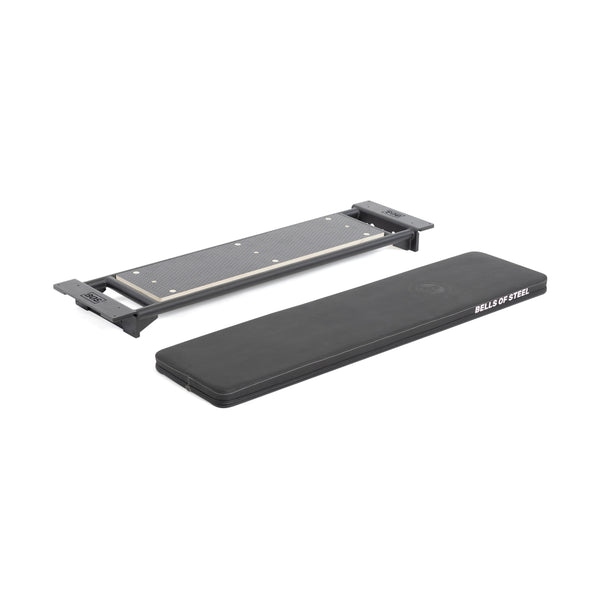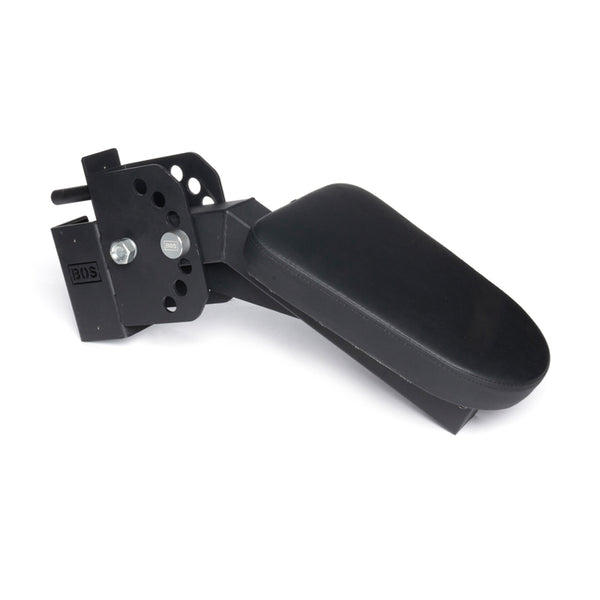If you're looking for a way to train your back muscles without putting stress on your lower back, you might want to try seal rows.
Seal rows are a variation of the bent-over row, where you lie face down on a flat bench or a seal row pad and pull a weight up to your chest. This way, you can isolate your lats and upper back muscles while avoiding spinal flexion or extension.
Seal rows are especially good for people with low back pain or sensitive lower backs because they don't have to worry about maintaining a neutral spine or bracing their core. They can lie on the bench, focus on squeezing their shoulder blades together, and drive their elbows back.
Seal rows are also good for bodybuilders who want to build more muscle mass and definition in their back. Since seal rows eliminate any momentum or cheating from the legs or hips, they force the back muscles to do all the work. This can lead to more muscle damage and growth and better mind-muscle connection.
However, seal rows are not perfect. You should be aware of some drawbacks before adding them to your routine.
One of them is that they require quite a bit of equipment. You need either a seal row pad or a bench that can be elevated, as well as a barbell or dumbbells. An Olympic barbell will be limited by the bench, so a cambered bar or dumbbells are ideal. You also need enough space to set up the bench and the weights, which might not be available in some gyms.
Another drawback of seal rows is that they might not transfer well to other movements or activities. Since seal rows are done in a horizontal position, they don't train the back muscles like standing or seated rows, which involve more core stability and posture. Seal rows might also neglect some of the smaller stabilizer muscles in the rotator cuff and scapula, which are important for shoulder health and function.
So, are seal rows good? The answer is that it depends. They can be a great exercise for some people and some goals, but not for others.
As with any exercise, you must weigh the pros and cons and see if they fit your needs and preferences. If you try them, make sure you use proper form and technique and start with a light weight until you get comfortable.



